
Ferrari is undergoing a technical revolution, and at the heart of this transformation is Loic Serra, the former Mercedes engineer now serving as Ferrari’s new technical director. With decades of trackside experience and an unparalleled understanding of vehicle dynamics, Serra brings a fresh mindset that could reshape the future of Ferrari’s Formula 1 cars. Ferrari team principal Frederic Vasseur couldn’t be more optimistic, emphasizing the value Serra brings to the table: “Loic Serra has great experience and will be a key element in our organization. He also brings extensive trackside knowledge, which is important for the team.”
But why exactly is Serra such a pivotal figure for Ferrari’s ambitions? The answer lies not just in his background but in the revolutionary approach he is expected to bring to the team. Serra’s vast expertise goes beyond just aerodynamics—an area Ferrari has often focused on. His specialty lies in performance, suspension systems, and vehicle dynamics—critical components that could give Ferrari the competitive edge they’ve desperately needed in recent years
Loic Serra’s Journey: From Michelin to Ferrari via Mercedes
Serra’s experience in Formula 1 spans two decades, beginning with Michelin’s F1 program from 2003 to 2006. There, he played a significant role in the development of tire performance, gaining crucial knowledge about how suspension and tire dynamics impact overall vehicle behavior. He then moved to Sauber before joining Mercedes in 2010, where he worked on vehicle dynamics and performance, contributing to Mercedes’ dominant era in Formula 1.
What sets Serra apart from many other engineers is not just his technical knowledge but his understanding of how to fine-tune a car to perform at its absolute best under race conditions. His time with Mercedes taught him that performance in F1 is about more than just maximizing downforce and efficiency—it’s about creating a car that is drivable, consistent, and can adapt to changing track conditions throughout an entire race.
This is precisely the kind of expertise that Ferrari needs. In recent years, the team has produced cars that have delivered high peaks of performance in qualifying but have struggled in race conditions due to a narrow operating window and poor drivability. While Ferrari has shown flashes of brilliance, these performances have often been limited to specific track types and conditions, leaving them vulnerable during the full course of the championship. Serra’s mission at Ferrari is clear: to eliminate these limitations and create a car that is consistent, adaptable, and competitive across all race weekends.
The Technical Vision: Balance, Stability, and Driver Confidence
Serra’s approach to car design is centered on how a car behaves on track, particularly in terms of balance, stability, and driver confidence. His trackside experience allows him to listen to the feedback from drivers and translate their needs into specific, actionable objectives for the design team. This is crucial for developing a car that can be pushed to its limits while maintaining control, a quality that Ferrari has been lacking in recent seasons.
Aerodynamic efficiency is essential, but Serra knows it cannot be an end in itself. What truly matters is how the car’s aerodynamics work in harmony with its suspension, weight distribution, and tire performance to deliver maximum usability for the driver. In an era of ground-effect aerodynamics, where maintaining the right balance through corners is more important than ever, Serra’s expertise in vehicle dynamics will be invaluable in ensuring Ferrari’s cars remain stable and predictable on track.
One of Serra’s key areas of focus will be ensuring the proper load distribution on all four wheels, which is vital for delivering balance through various phases of a corner. By improving load management, Ferrari can ensure their drivers can consistently extract performance from the car, allowing them to push the limits without fear of instability or unpredictable behavior.
Unlocking Tire Performance and Expanding the Operating Window
Tire performance has always been a critical factor in Formula 1, and Serra’s extensive experience working with tires gives him a unique perspective. He understands how the distribution of aerodynamic loads and suspension characteristics directly impact how the tires perform over the course of a race. One of his main goals will be to expand Ferrari’s operating window, creating a car that is less sensitive to changes in track temperature, surface conditions, and tire degradation.
This is where Ferrari has struggled in recent years. While they have produced cars capable of generating impressive downforce, these cars have often been limited by a narrow operating window. Serra’s task will be to create a more robust and versatile car, one that can remain competitive in a wide range of conditions. This will not only improve Ferrari’s race performance but also reduce the likelihood of unexpected performance drops during a championship season.
The Suspension Revolution: Flexibility and Fine-Tuning
Serra’s experience in vehicle dynamics also makes him highly knowledgeable about suspension systems—a key area where Ferrari could see major improvements. A flexible and well-tuned suspension system allows for a greater range of adjustments, which can be crucial for finding the right balance on different tracks. Serra’s deep understanding of suspension will help Ferrari develop cars that are not only fast but also highly adjustable, giving the team the flexibility they need to fine-tune performance across a variety of circuits.
For Ferrari, this is an area where they have lagged behind their rivals, particularly Red Bull and Mercedes. The ability to quickly adjust suspension settings to match changing track conditions can make the difference between a good car and a great one. Serra’s focus on suspension flexibility and fine-tuning will give Ferrari’s drivers more control over how the car behaves, allowing them to optimize performance on race day.
Ferrari’s Conceptual Shift: A New Philosophy in Car Design
With Serra’s appointment, Ferrari is not just making changes to its technical department; they are embracing a conceptual shift in how they approach car design. This shift, which emphasizes vehicle dynamics, suspension flexibility, and driver usability, is a departure from Ferrari’s traditional focus on pure aerodynamics. Serra’s philosophy aligns with the approach of other successful teams, such as Mercedes, who have long understood that performance is about more than just downforce figures.
Serra’s challenge will be to lead this shift in thinking and ensure that it permeates throughout Ferrari’s technical team. His role will be to identify the most valuable traits for performance on track—such as load distribution, aerodynamic stability, and tire management—and translate those needs into numerical objectives for the design team to achieve. This collaborative approach will involve working closely with Ferrari’s head of aerodynamics, Diego Tondi, to ensure that the car’s design maximizes all areas of performance.
Can Serra Help Ferrari Win Again?
Ferrari’s recent cars, such as the SF-24, have shown glimpses of brilliance, but they have been hampered by inconsistency and a lack of race-day competitiveness. Serra’s appointment is part of a broader effort to address these weaknesses and ensure that Ferrari builds a car that can fight for the championship over the course of an entire season.
There is immense curiosity within the F1 paddock to see whether Loic Serra can harness Ferrari’s technical potential and translate it into a consistent, competitive car. His trackside experience, combined with his deep knowledge of vehicle dynamics, suspension, and tire performance, gives him a unique set of tools to make this happen.
With the revolutionary changes Serra is expected to bring, Ferrari’s future cars will not just be fast—they will be reliable, adaptable, and capable of delivering wins on race day. If Serra can succeed in implementing this new philosophy, Ferrari may finally have the car they need to break their long championship drought and return to the top of Formula 1.
The stakes are high, but with Loic Serra at the helm, Ferrari is poised to embark on a new era—one that could finally see them reclaim their place as F1’s dominant force. The road ahead may be challenging, but under Serra’s guidance, Ferrari has a fighting chance to build a car capable of taking on the likes of Red Bull, Mercedes, and McLaren and ending its years of frustration.
Visa Cash App RB: Racing Between Inheritance and Identity
Faenza has always been quiet. Tucked into northern Italy, it...
Read MoreFerrari Scraps Lewis Hamilton’s F44 Vision — Is His Authority Already Under Threat?
The alliance between Lewis Hamilton and Scuderia Ferrari, announced in...
Read MoreMarko Out After 20 Years: Is This the Beginning of a New Red Bull Era — or the Start of Decline?
The confirmation that Dr. Helmut Marko will depart Red Bull...
Read MoreLando Norris Is World Champion: How McLaren Ended Its 17-Year Title Drought in a Three-Way F1 War
The air in Abu Dhabi hangs heavy, a humid blanket...
Read More

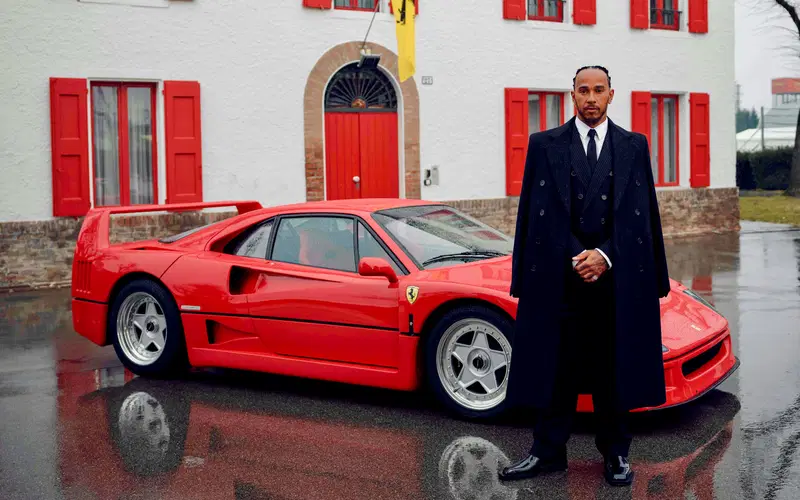
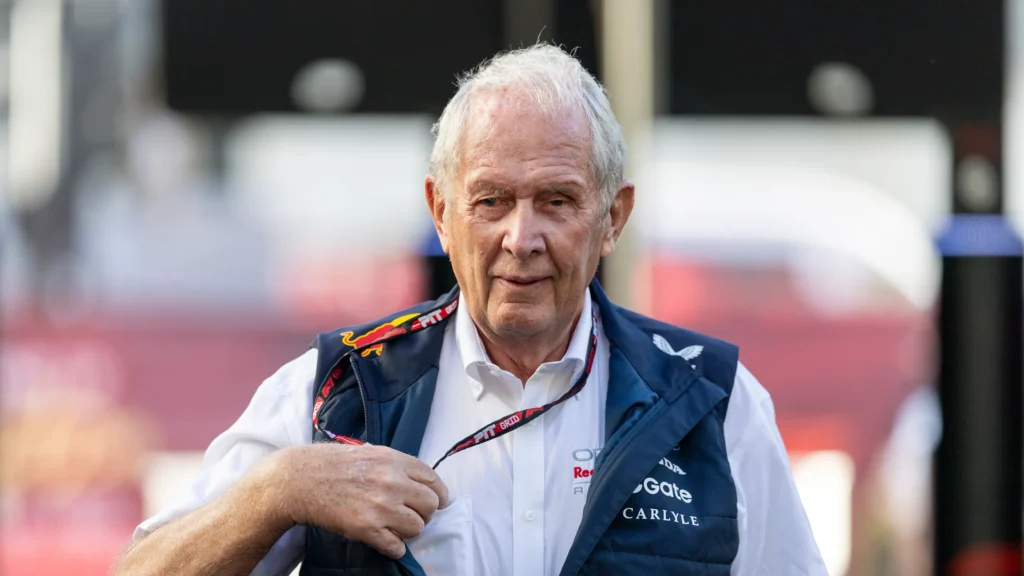



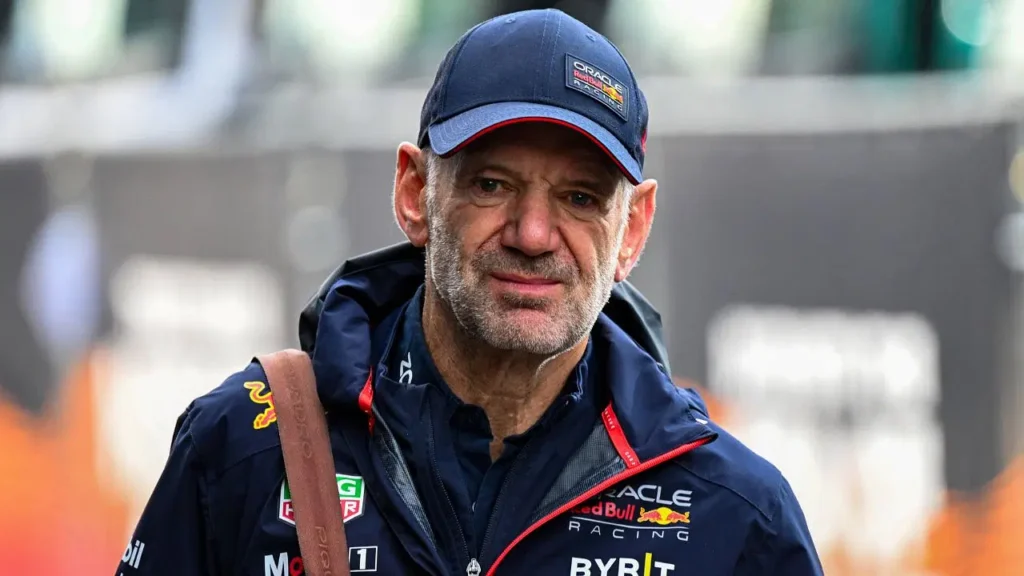
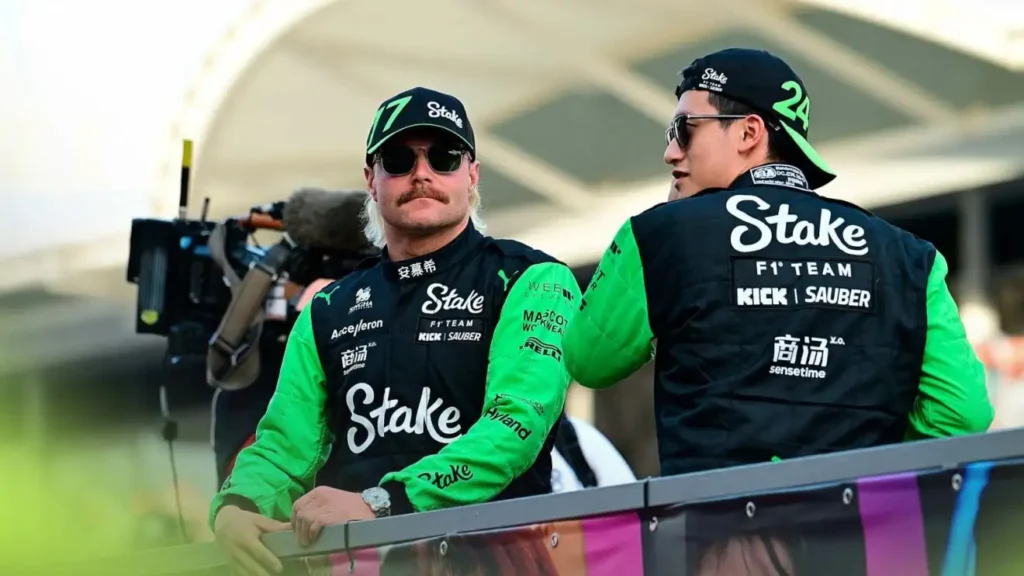
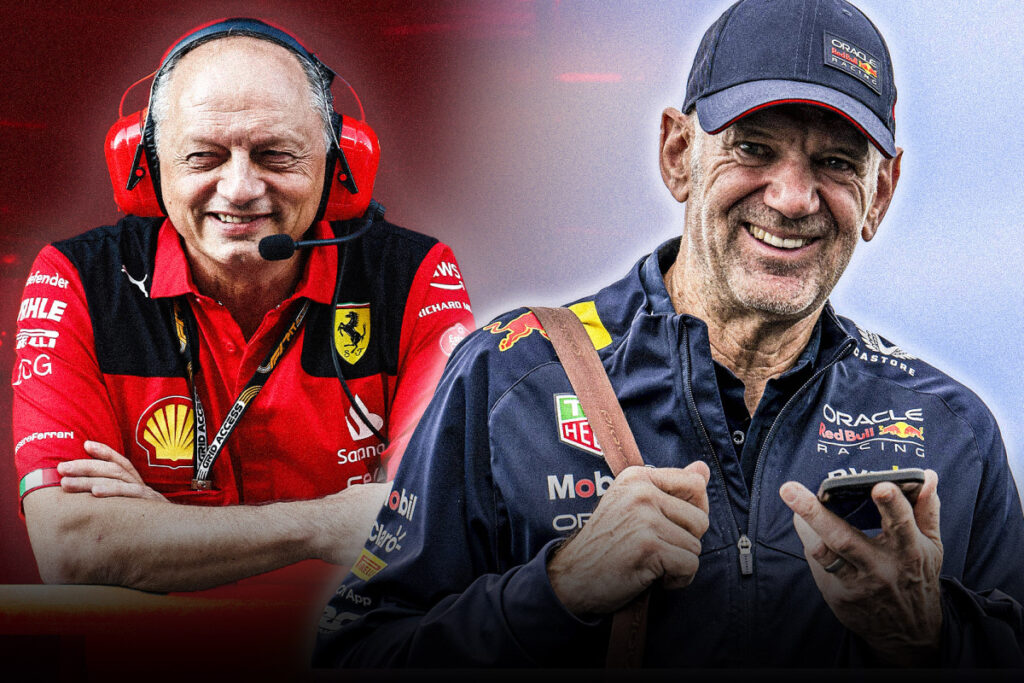
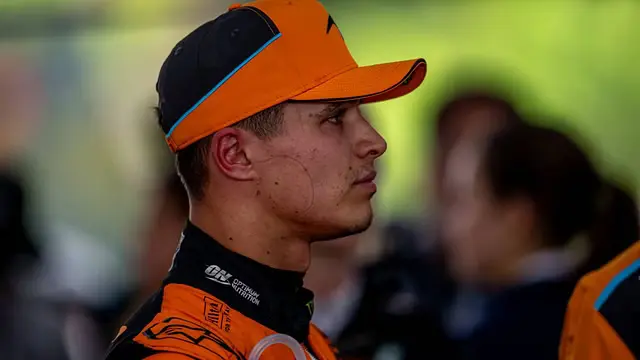
Some truly nice and utilitarian information on this website , as well I conceive the style and design has got superb features.